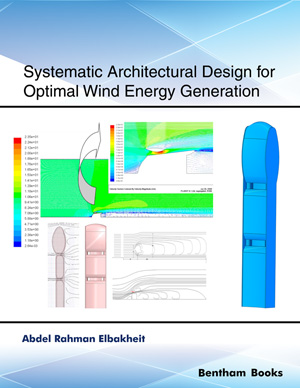Abstract
Developing new neuropharmaceuticals presents formidable economic, scientific and medical challenges mainly due to the complex nature of the central nervous system (CNS), in particular the blood-brain barrier (BBB). The constituents of the BBB and its drug efflux system form some kind of a boundary which prevents the entry of potent neurotherapeutics from entering the brain thus leading to treatment inefficiency for various CNS diseases. Conventional neurotherapeutic interventions for major disease conditions include among others, ablative limbic system surgeries, vagus nerve stimulation, transcranial magnetic stimulation and deep brain stimulation. These interventions are however somehow invasive. The progress so far made in the area of interventional neurology has greatly widened the scope of viable pharmaceutical drug delivery systems for which biopolymers may play a substantial role. The major aim is to improve specificity in drug delivery (e.g. through drug targeting) and to avoid or reduce the adverse effects imposed by the conventional neurotherapeutic interventions. This Chapter therefore seeks to provide a detailed discussion of the potential application of biopolymers in neurotherapeutic interventions citing most the: i) strategies for neurotherapeutic interventions (including biopolymer gene-based drug delivery, bioactive release from nerve conduits, nonviral gene delivery vectors, molecular imaging as a novel technique for biopolymer-based neurotherapeutic intervention); and ii) biopolymers used in neurotherapeutic interventions (including biopolymeric vehicles, biopolymer scaffolds, multiple polymer-based layers, polysaccharide-based biopolymers, protein-mimicked polypeptides and protein-based biopolymers). Finally, this Chapter seeks to provide a detailed description about the future prospects for biopolymer-based neurotherapeutic interventions.
Keywords: Biopolymers, biopolymer scaffolds, biopolymeric vehicles, bloodbrain barrier, drug delivery, drug targeting, gene delivery, molecular imaging, nerve conduits, neurotherapeutic interventions.












